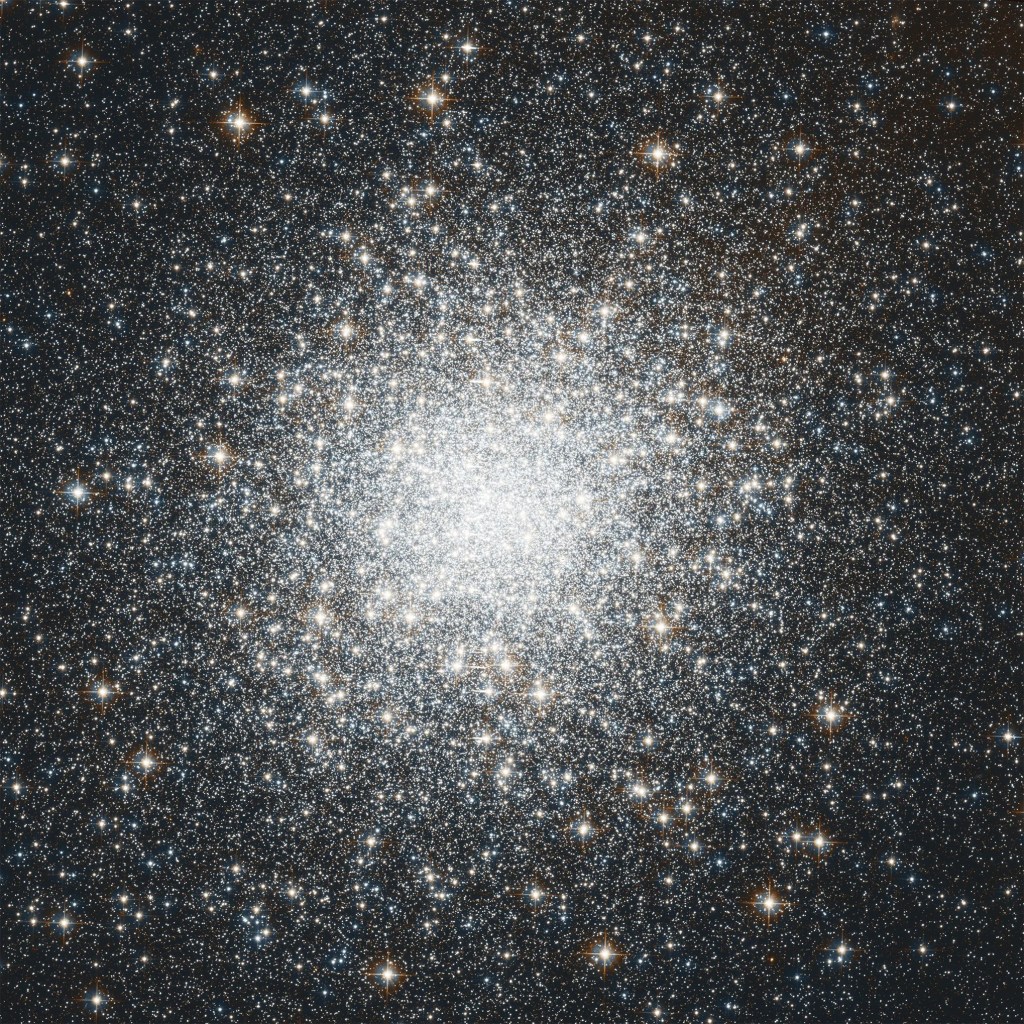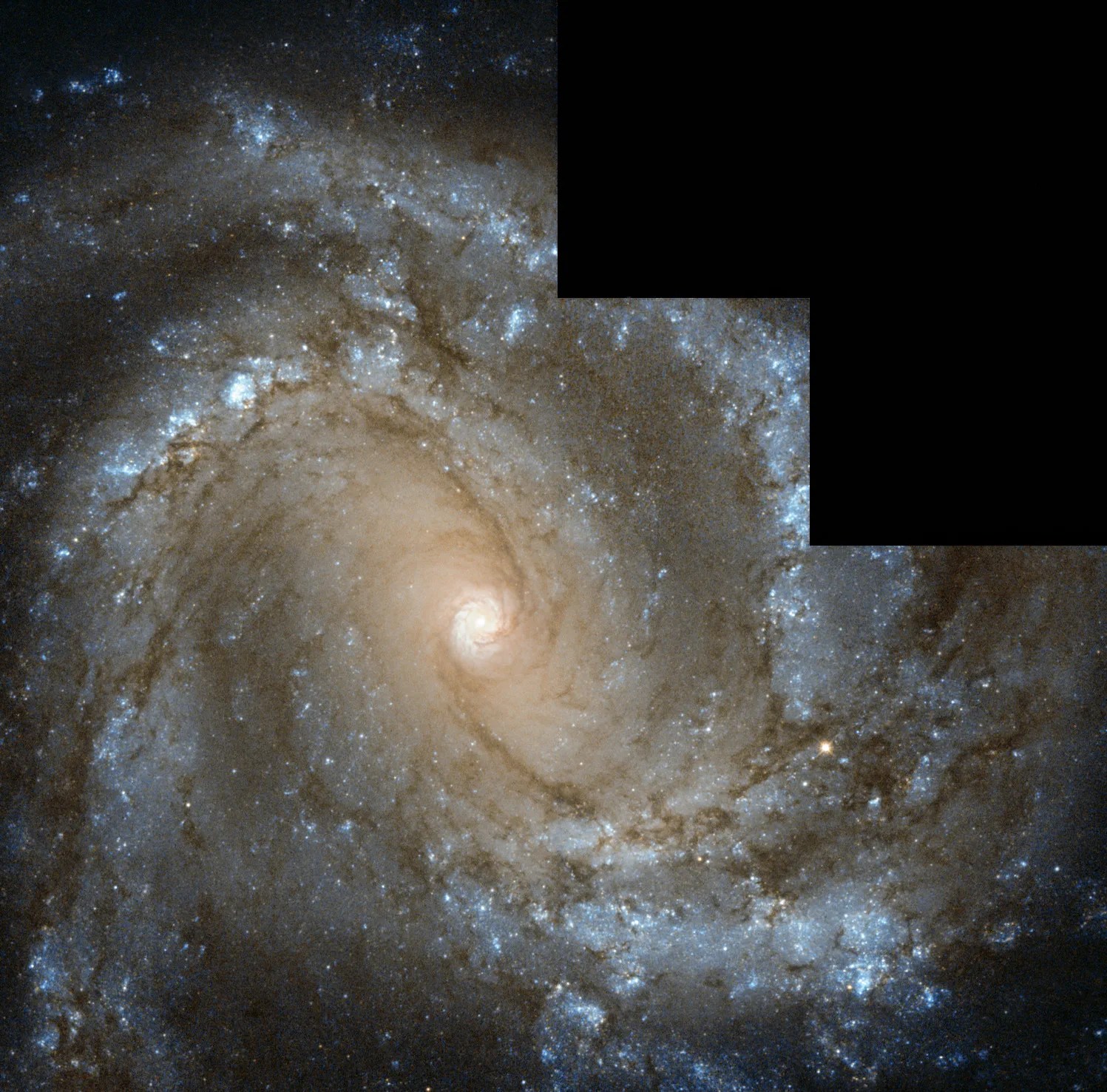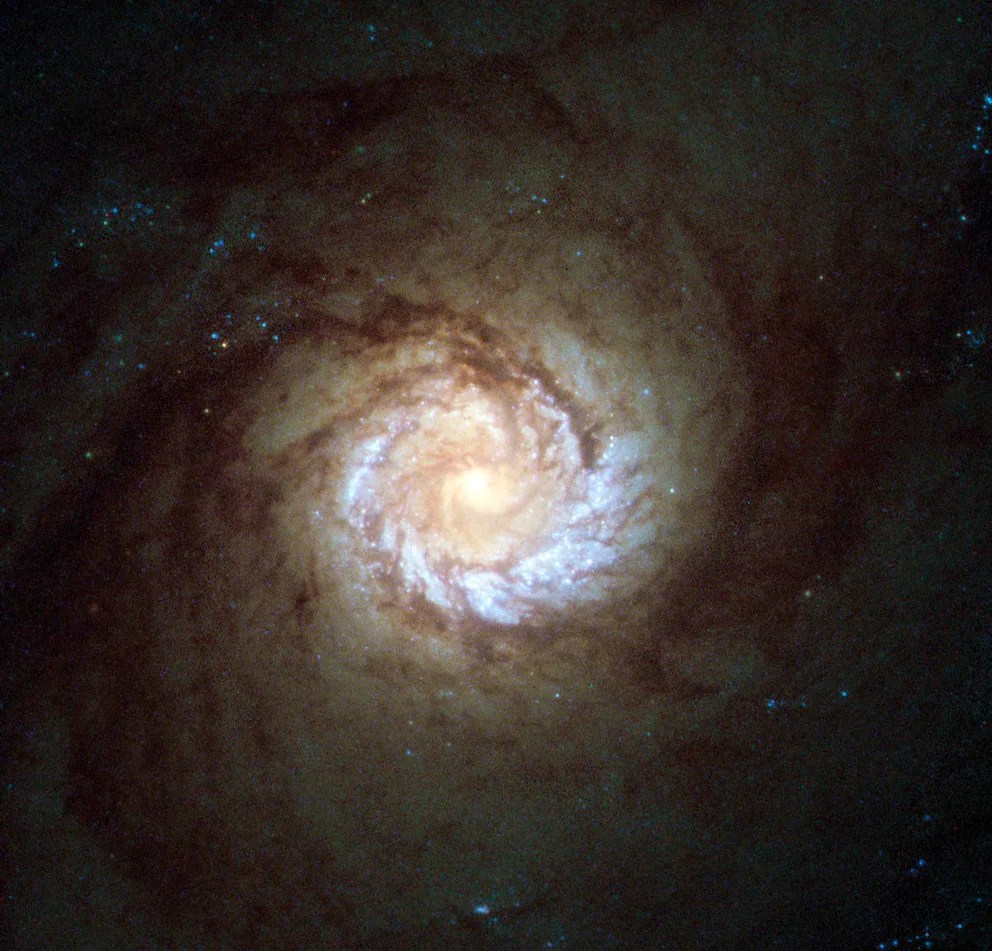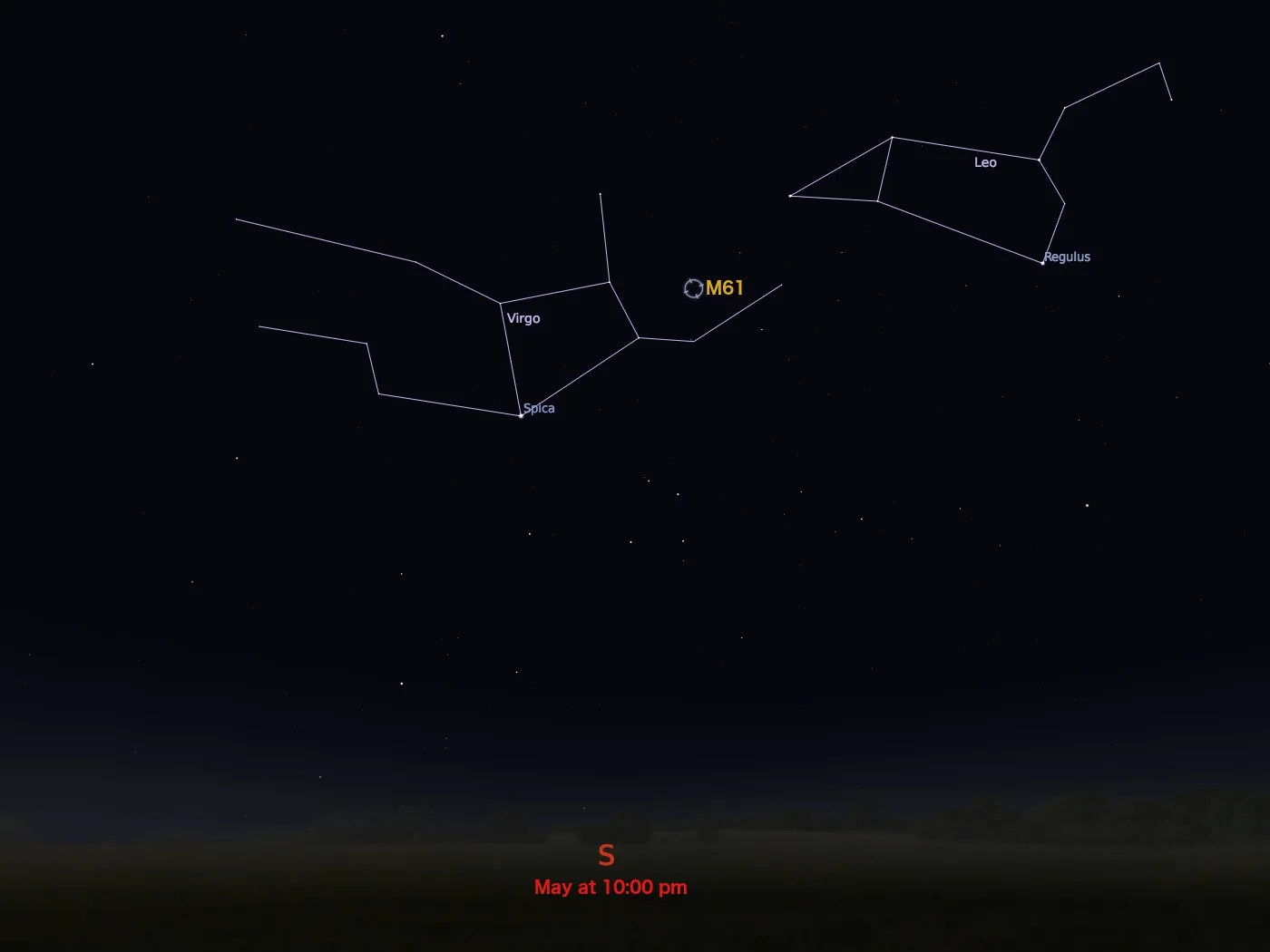Messier 61
This galaxy is undergoing a period of intense star formation.
Distance
55 million light-years
Apparent Magnitude
10.2
constellation
Virgo
object type
Spiral Galaxy
Discovered in 1779 by the Italian astronomer Barnaba Oriani, M61 is a barred spiral galaxy located in the constellation Virgo. Charles Messier noticed it on the same night as Oriani, but he mistook the galaxy for a passing comet. A member of the Virgo Cluster of galaxies, M61 is roughly 55 million light-years away from Earth and has an apparent magnitude of 10.2. It is most easily spotted during the month of May and can be observed using a moderately sized telescope.
M61 is a type of galaxy known as a starburst galaxy. Starburst galaxies experience an incredibly high rate of star formation, hungrily using up their reservoir of gas in a very short period of time (in astronomical terms). But this is not the only activity going on within the galaxy; an X-ray source has been detected deep at its heart, leading astronomers to believe that a supermassive black hole sits at its core. This galaxy has also been host to seven observed supernovas — the most of any galaxy in the Messier catalog.
This Hubble image of M61, created from observations at visible and infrared wavelengths, grants a close look at the face-on galaxy’s structure. The spiral arms can be seen in stunning detail, swirling inward to the very center of the galaxy, where they form a smaller, intensely bright spiral. In the outer regions, these vast arms are sprinkled with bright, blue regions where new stars are being formed from hot, dense clouds of gas.
The image’s stair-step appearance results from the design of the camera used to take the exposures. The camera consisted of four light detectors, one of which provided a higher resolution but had a smaller field of view than the other three. Because the detector with the higher resolution did not cover as much area as the others, black regions were left when the images from all four detectors were combined into one picture.
For more information about Hubble’s observations of M61, see:
Explore Hubble's Messier Catalog
The following pages contain some of Hubble’s best images of Messier objects.

Overview The Messier catalog, begun by astronomer Charles Messier in the 18th Century and revised over the years, includes some…

Better known as the Crab Nebula, Charles Messier originally mistook Messier 1 for Halley’s Comet, which inspired him to create…

Hubble's image of Messier 2 is comprised of visible and infrared wavelengths of light.

































